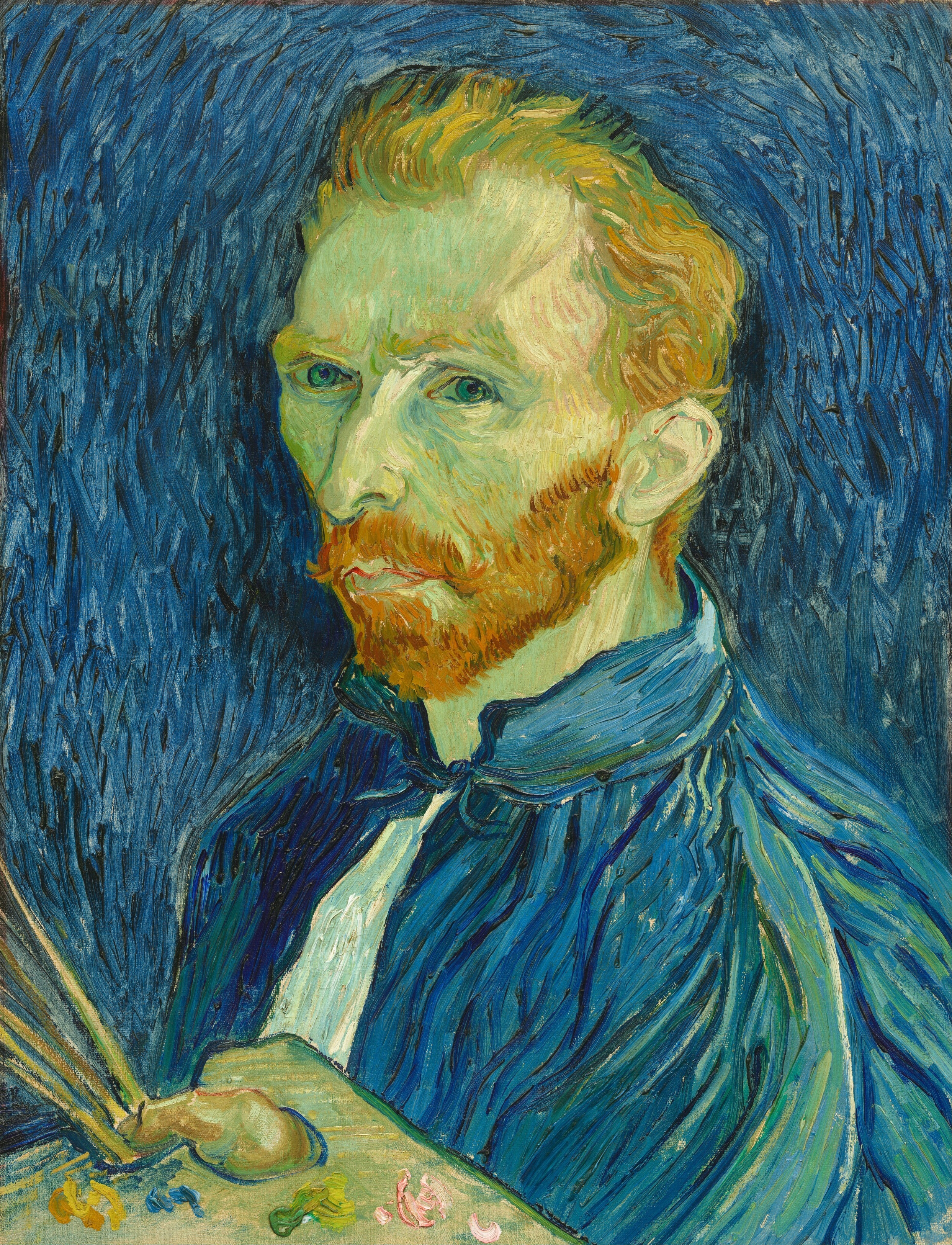
The business that surrounds art is often opaque, unfair and brutal to the unwary maker. One lingering and unhelpful notion in the art world is that commercial entanglements taint a maker’s work. The myth that the “struggling artist” produces work that is more pure and potent perpetuates today. Interestingly, the struggling artist is more apt to make artistic compromises than an established artist that has acquired what some refer to
as “f*%# you money”–the point when one has the means or the stature to assert increasing control over their work. Very few makers achieve this lofty position and, unfortunately, many that do damage their artistic compass in the process.
A well-known painter that epitomizes the narrative of the struggling artist is Vincent Van Gogh. It is said that he sold only one of his 913 known works within his lifetime. Van Gogh became a well-known expressionist painter after his death, and in 2017, more than 120 years after his passing, his painting entitled Laboureur dans un champ was sold at anauction house for more than $80 million. Van Gogh was born into an upper middle class home and got his first job as an art dealer through a family connection. Surprisingly, he was wildly successful selling others’ art and reportedly made 20x what his father earned at that time. However, after seven years he was fired due to his increasing objections that the art was being commodified.
Van Gogh then had a stint as a missionary in an impoverished coal district in Belgium. He sacrificed and supported the people in that community. At one point he gave the room he was being provided to a homeless gentleman and moved to a small hut where he slept on a pile of straw. Church leaders did not appreciate Van Gogh’s humble lifestyle, and he was eventually dismissed for “undermining the dignity of the priesthood.”This is when Van Gogh started going to art school, drawing and painting. In the years that followed he lived in squalor, took to drinking, was hospitalized for syphilis, hung out with Gauguin, was institutionalized and famously cut off his ear –all the time relying on the financial support of his brother Theo.
Van Gogh painted more than 40 introspective self-portraits. Most of these paintings show him disheveled, with an unkempt beard, sunken eyes and a weak jaw. The painting shown here, owned by the National Gallery in Washington, D.C., was completed 1889, a year before Van Gogh ended his own life – a penniless, artistic genius.
